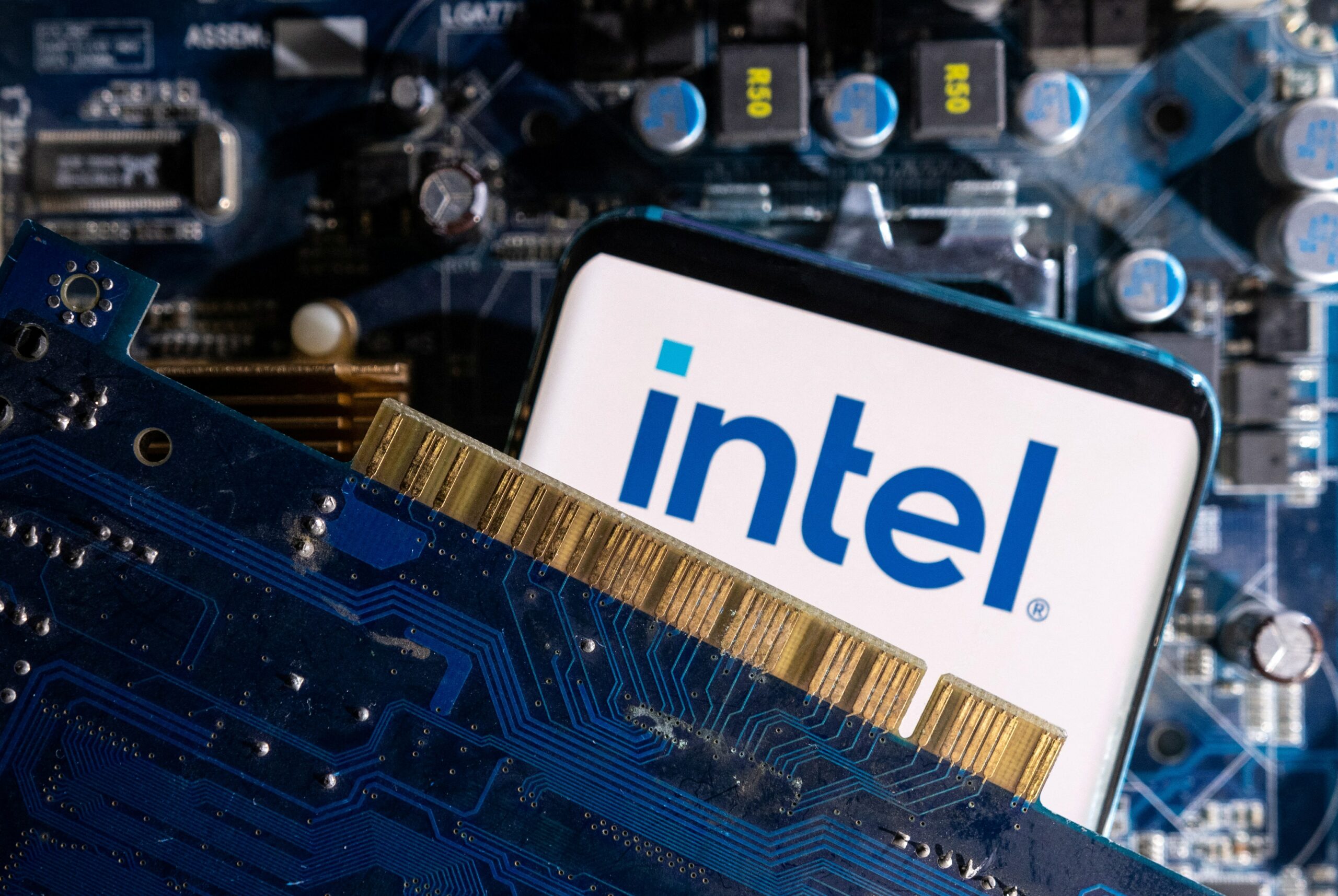Intel’s newly appointed CEO, Lip-Bu Tan, is implementing significant changes to the company’s leadership structure, according to a memo obtained by Reuters. The shakeup aims to streamline decision-making processes and foster closer collaboration between executives and engineers.
Key Leadership Changes
Tan has announced that Intel’s data center and AI chip group, as well as its personal-computer chip group, will now report directly to him. Previously, these divisions were overseen by Michelle Johnston Holthaus, who remains chief executive of Intel products and will expand her role into new areas.
Promotion of Sachin Katti
Sachin Katti, formerly the head of Intel’s networking chip division, has been promoted to chief technology officer and artificial intelligence chief. Katti will be responsible for developing Intel’s overall AI strategy and product roadmap, as well as overseeing Intel Labs and the company’s relationships with startups and developer ecosystems.
Challenges Ahead
Intel faces significant challenges in the AI chip market, where Nvidia has emerged as a dominant player. Tan’s restructuring efforts come after Intel shelved its latest AI chip project, Falcon Shores, in January. The company’s previous CEO departed last year following disagreements with the board of directors over the company’s turnaround strategy.

Tan emphasized the need to reduce organizational complexity and bureaucratic processes that have hindered innovation. “It’s clear to me that organizational complexity and bureaucratic processes have been slowly suffocating the culture of innovation we need to win,” Tan stated in the memo.
The restructuring also includes the appointment of a new head of government affairs, who will report directly to Tan. This role is critical given the complex global environment and Intel’s need to manage relationships with governments in the U.S. and abroad.
By flattening the leadership structure and promoting technical experts to key positions, Tan aims to create a more engineering-focused organization that can respond quickly to market demands and technological advancements.


